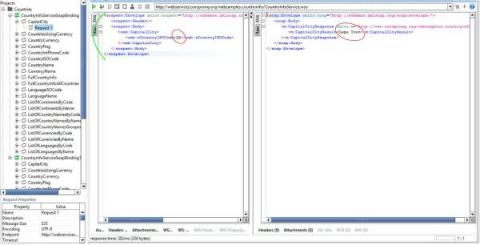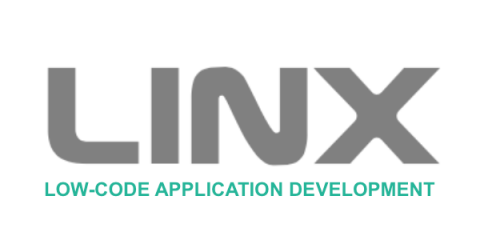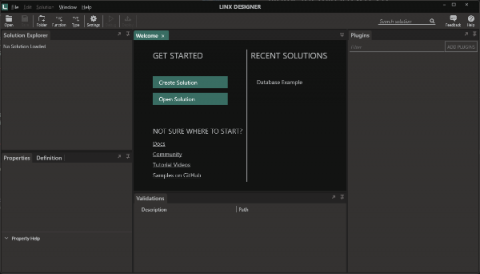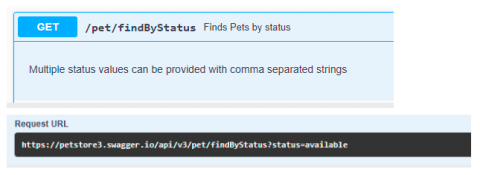How to call SOAP Services using REST
SOAP, being a mature technology, has an extensive and often differently interpreted standard set. This makes it an excellent tool for corporate users to manipulate data into their precise requirements and technology stack. However, for public consumption, this causes issues that sometimes are difficult or impossible to solve without changing code. A good example here is that SOAP is allowed to define the same type in some standard interpretations in different XSD files.










